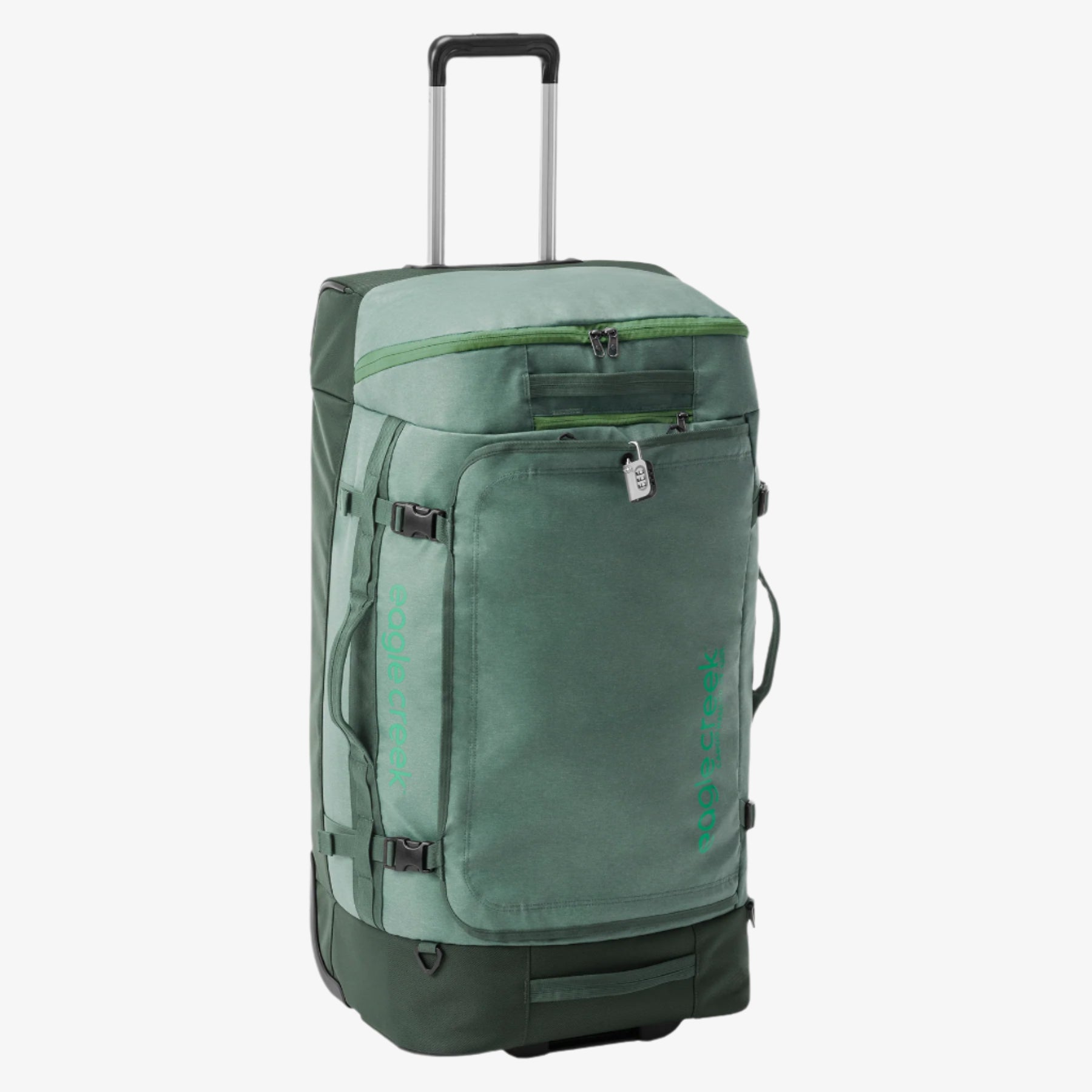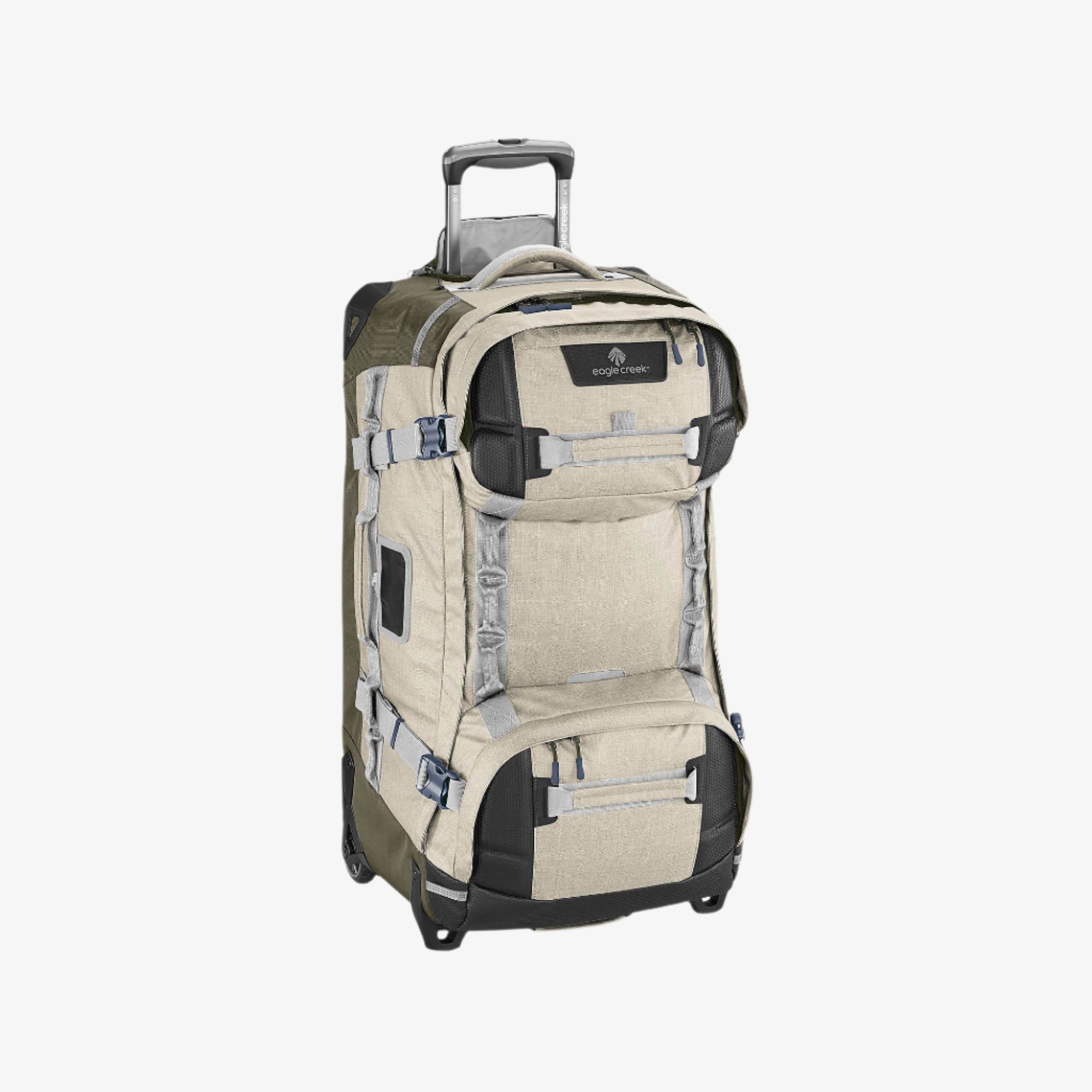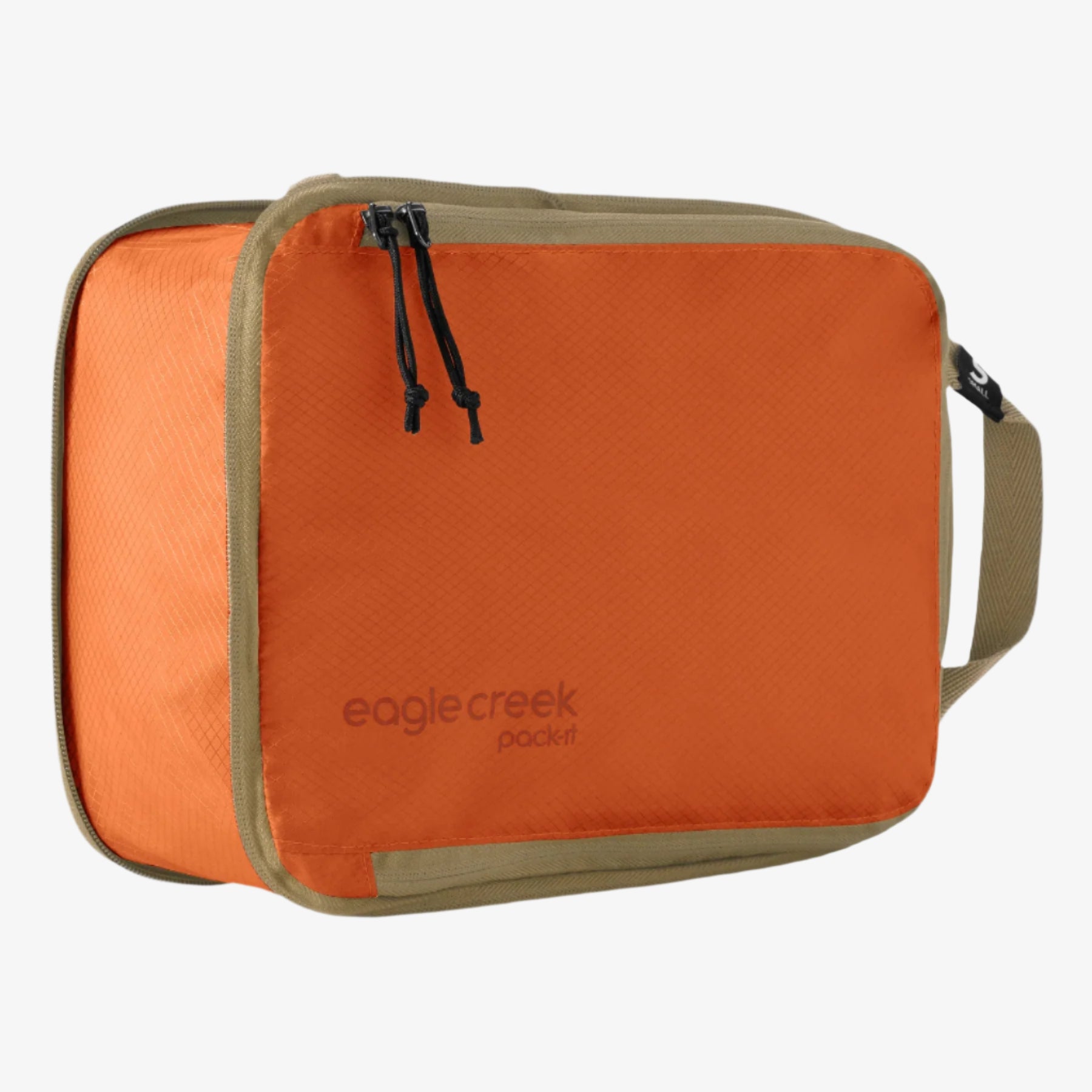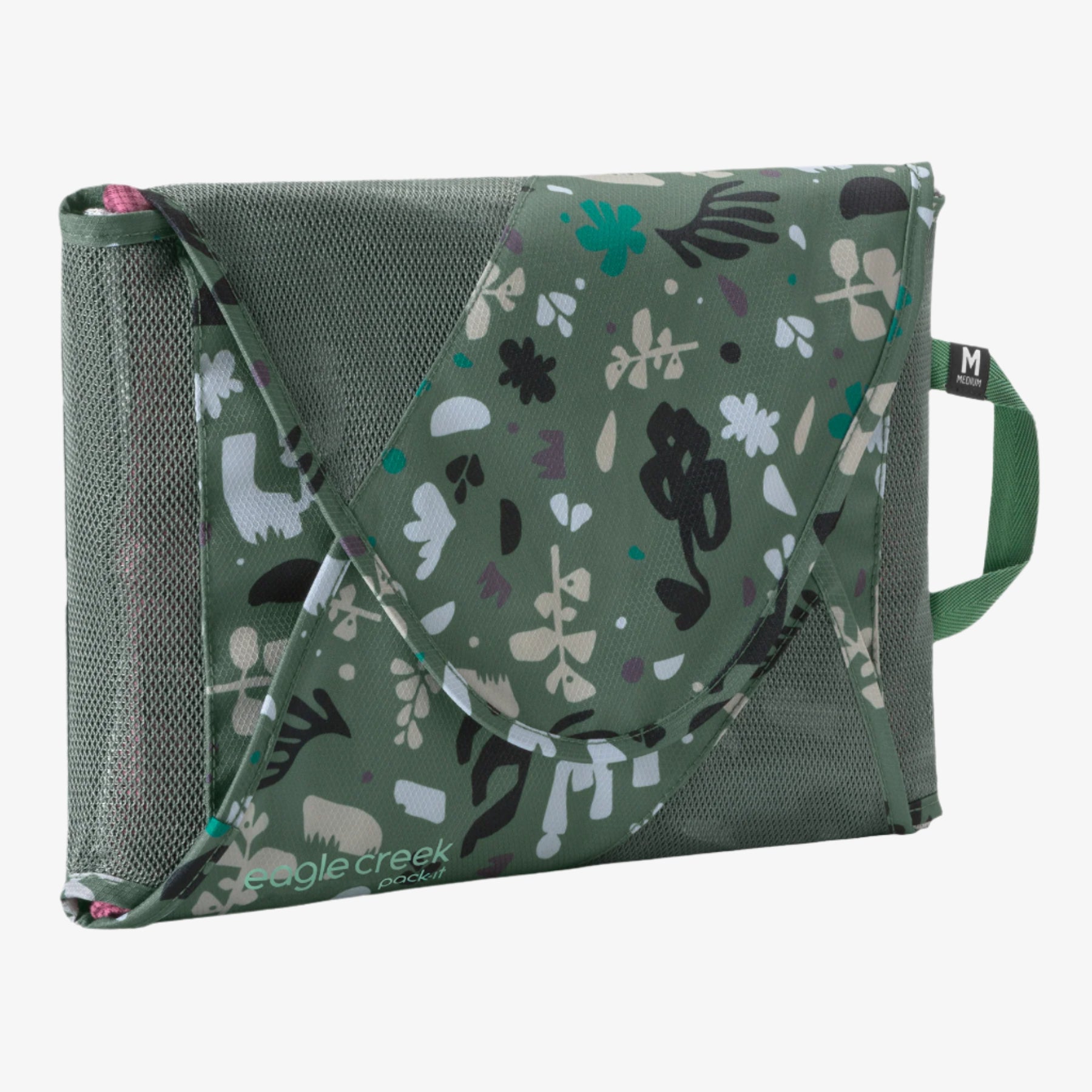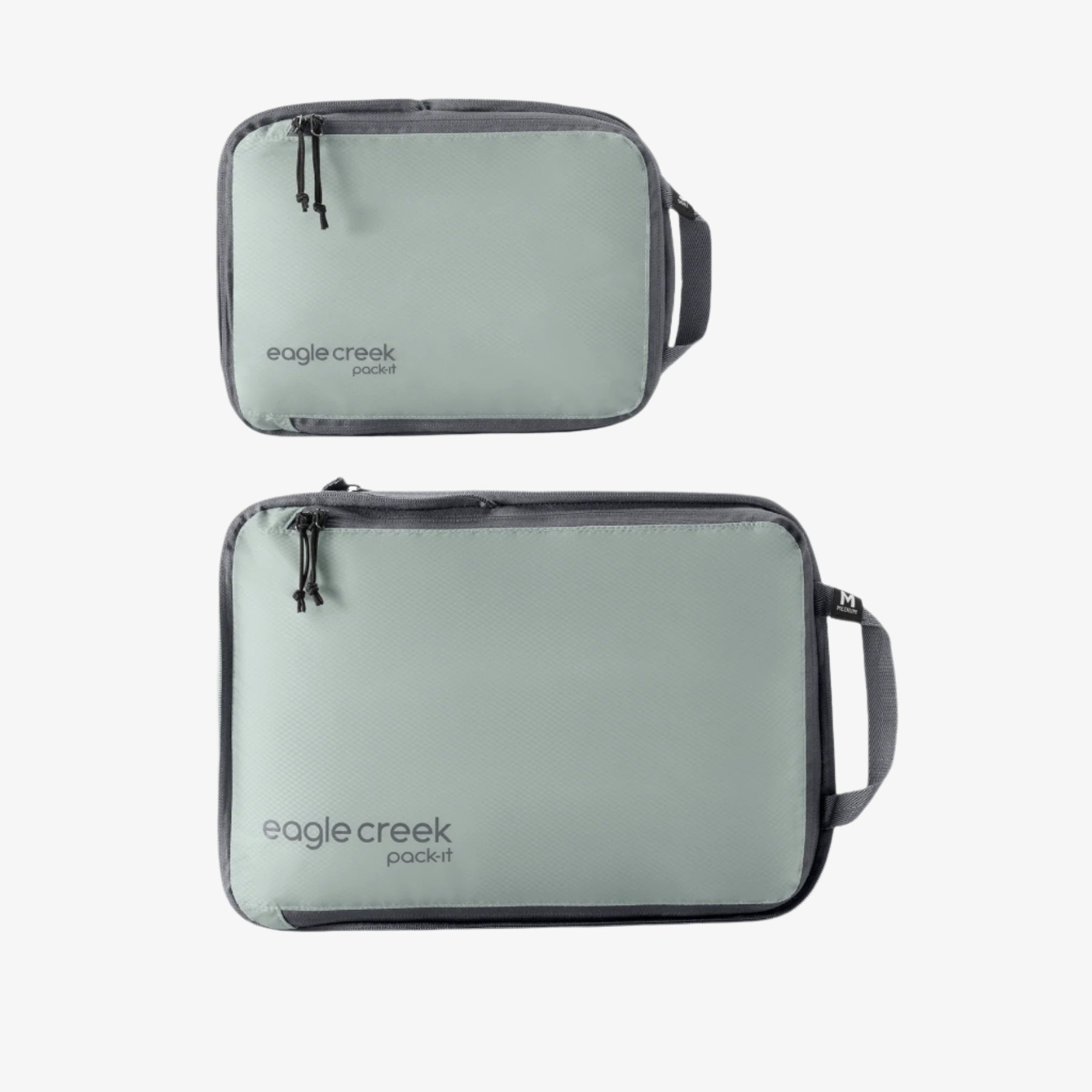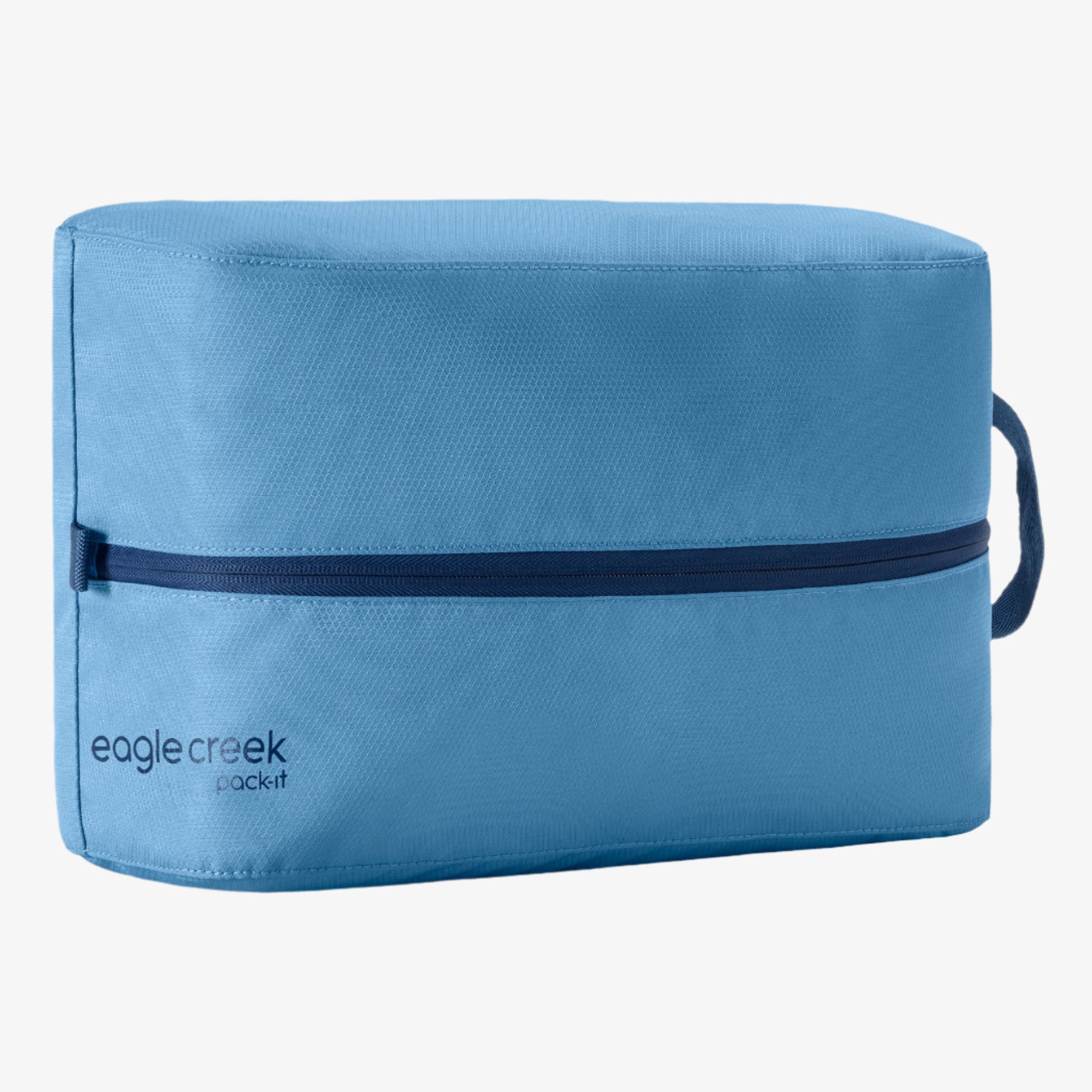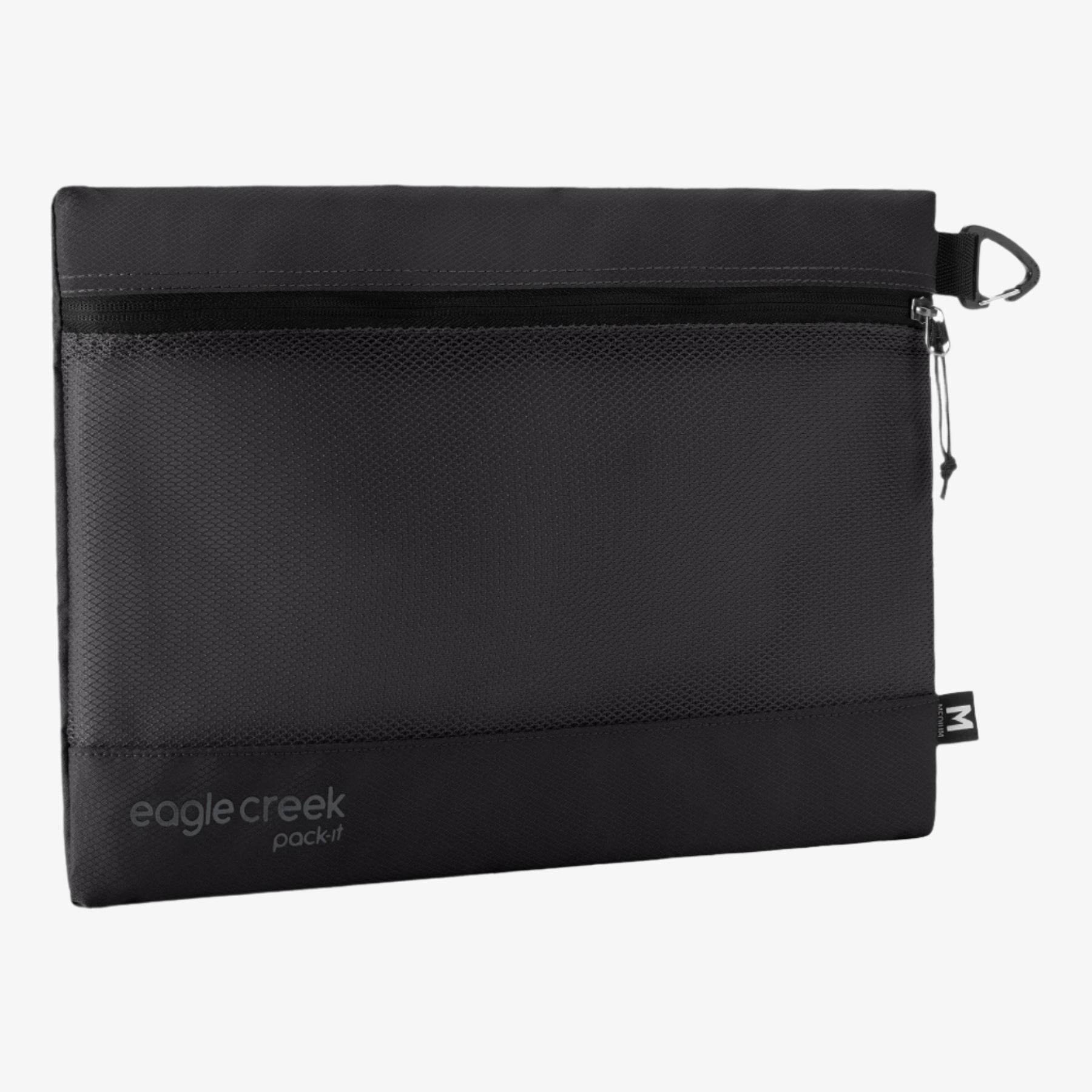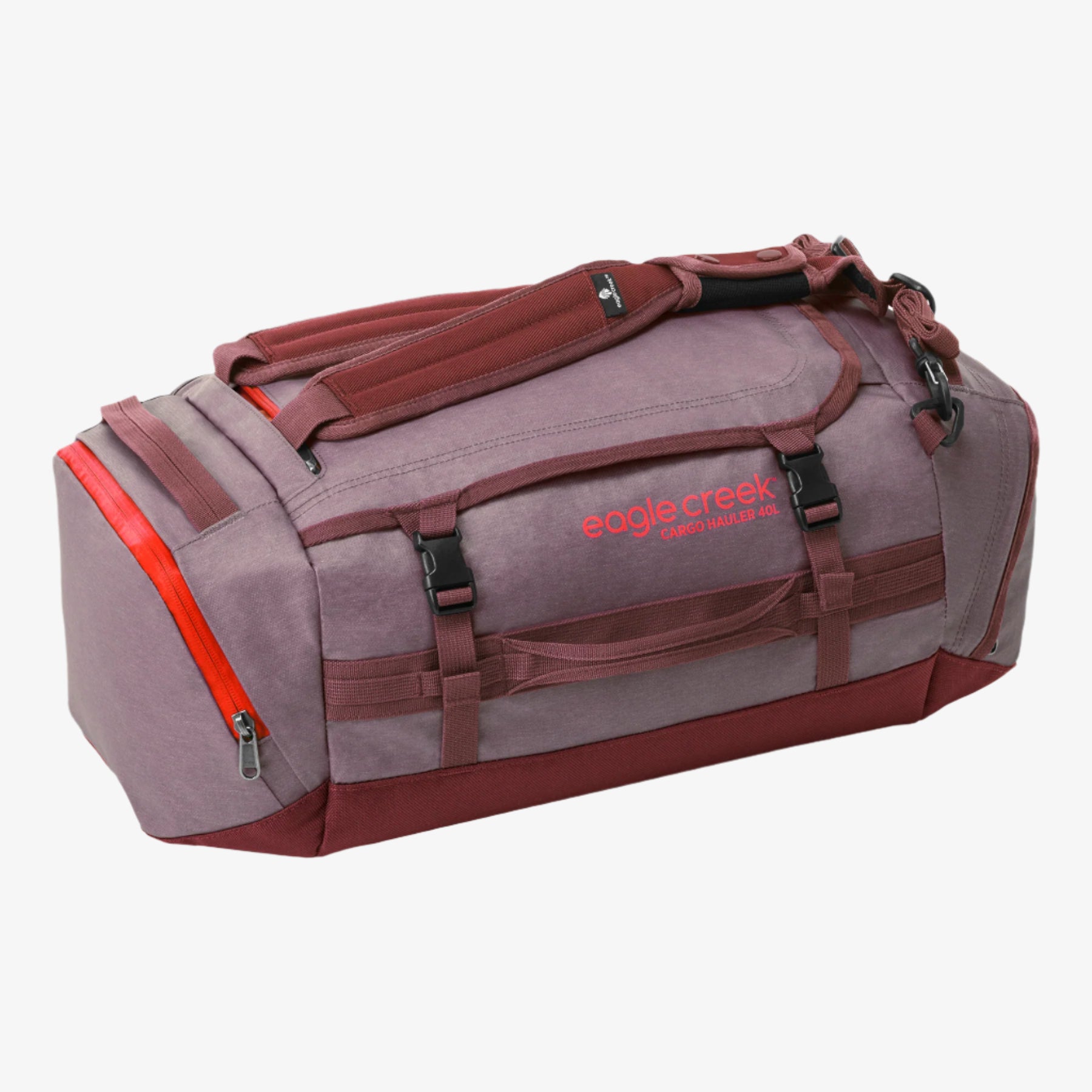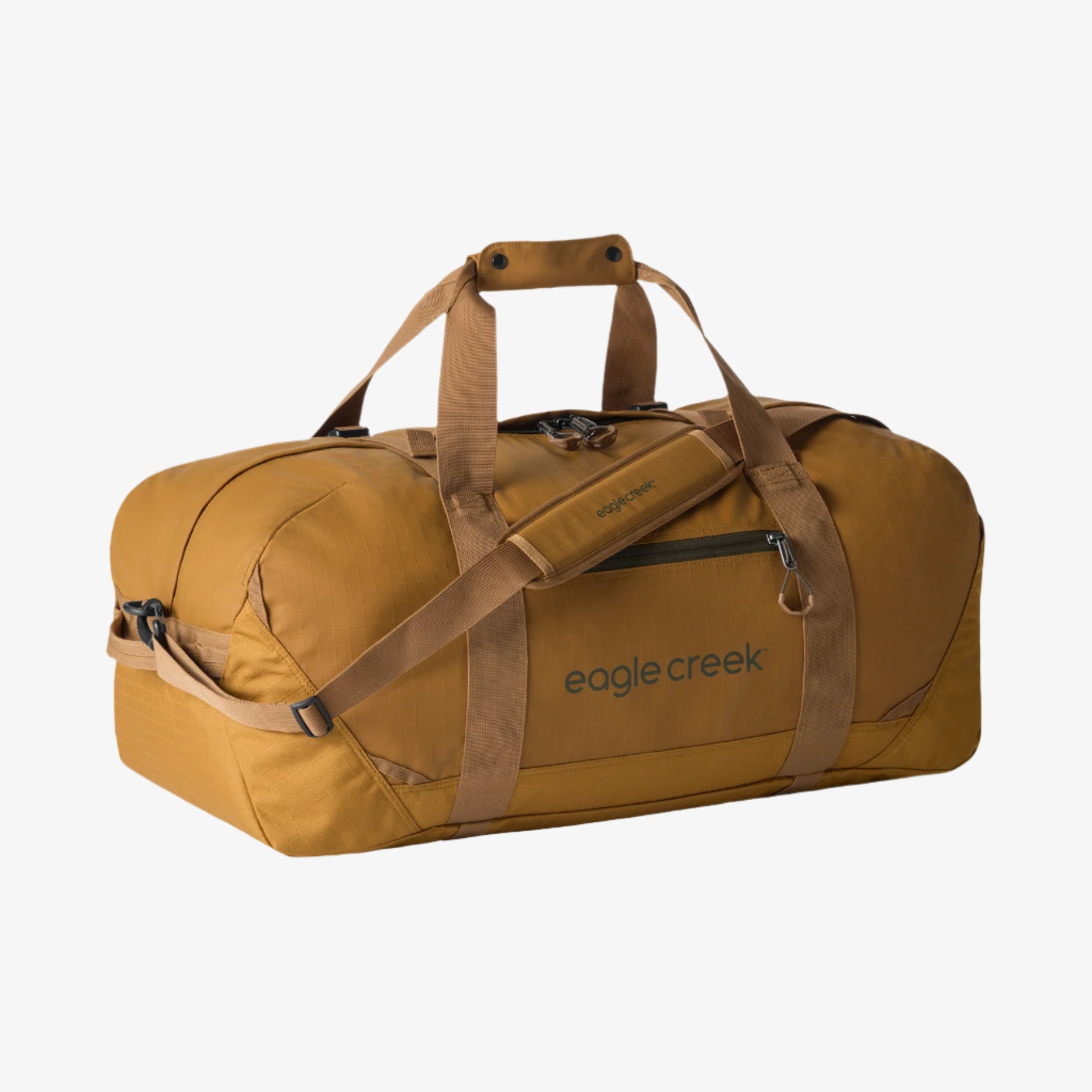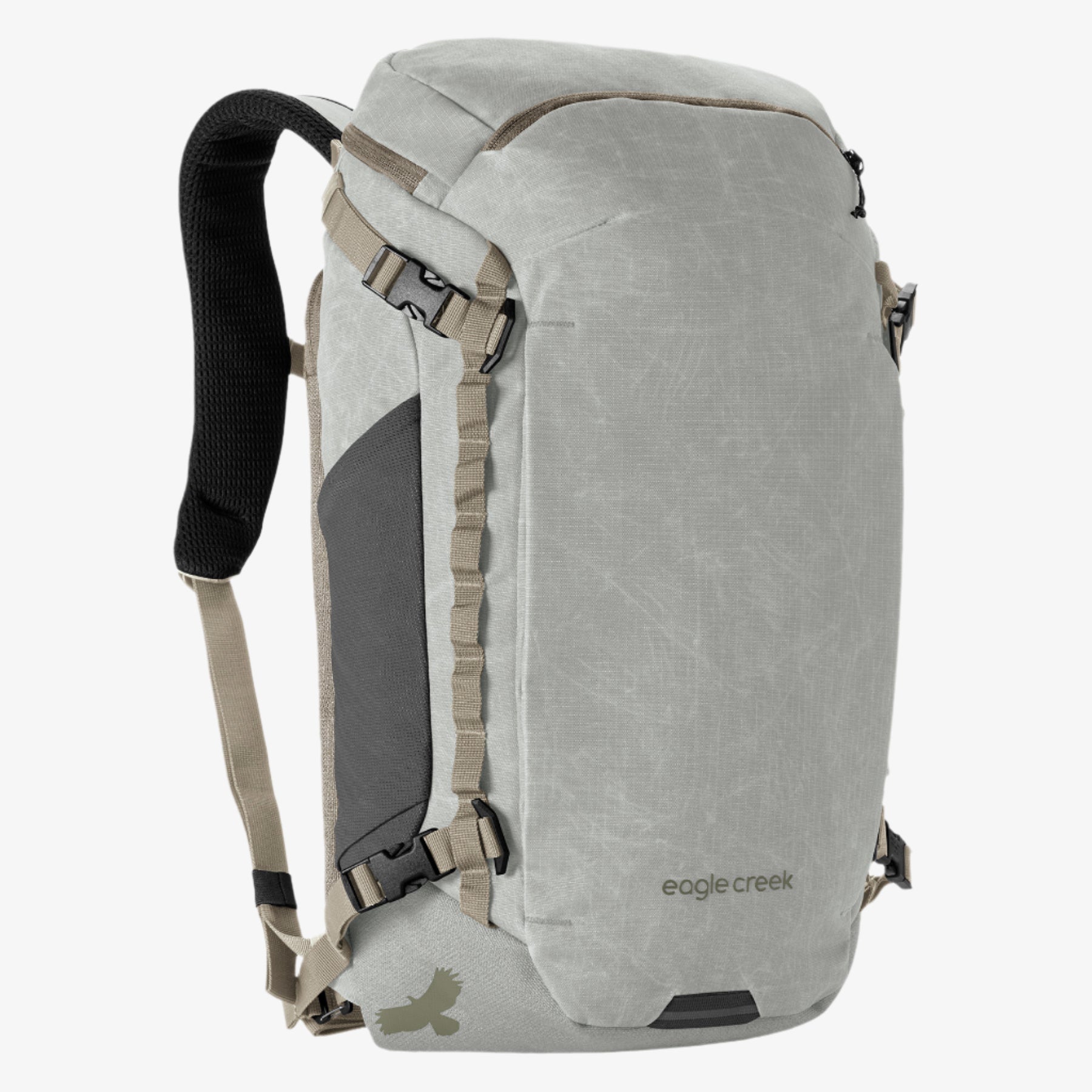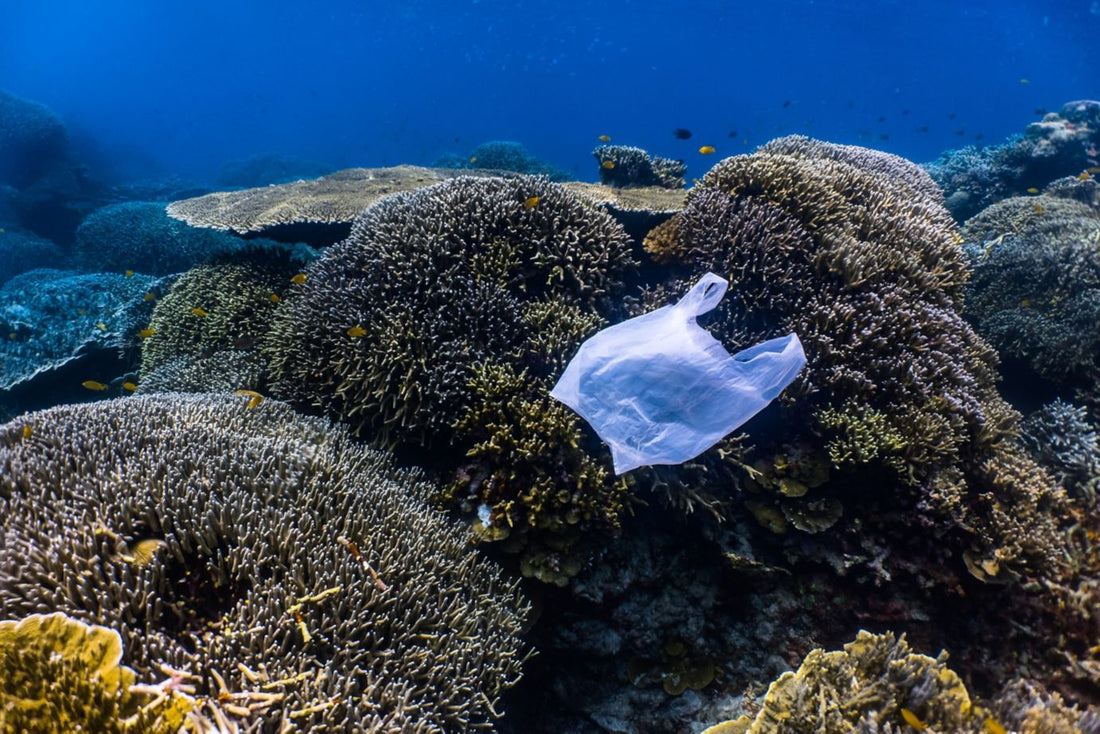
Easy lifestyle changes make a huge eco-impact. Here’s how you can go plastic free while traveling, or at least avoid adding to plastic waste on-the-road and in daily life.
As an adventure traveler, how many guided tours have you joined that included stacks of plastic water bottles? Regardless of my location, I can’t recall one tour that didn’t serve single-use water bottles. Now, it’s become more clear that this systemic, cultural courtesy is an environmental tragedy.
Seven million single-use plastic bottles are used each year among adventure tourism businesses alone, reports Travelers Against Plastic and the Adventure Travel Trade Association. That incomprehensible volume is enough to fill the Empire State Building—three times. If travelers continue to produce and dispose of plastic at this rate, there will be more plastic than fish in the world’s ocean by 2050.
Here’s the good news: Beyond the pure enjoyment of a soft-sand beach or clean trail, it’s easy and affordable to eliminate single-use plastic from our life on-the-road—and at home. Here are six ways to shift your lifestyle.
1. Carry a Water Bottle
Your reusable water bottle will become your new best friend. Once you have one, you’ll question how you ever lived without it.
As you browse options, consider the diameter and height: What’s ideal for you the majority of the time? You’ll want to carry an adequate amount of water, but it’s also nice to have a water bottle that fits in your daypack, waistpack, or your vehicle’s cup holder.
Also, simply put, bottles that thermo-regulate are awesome: cold liquids stay cold, hot liquids hold heat, and ice doesn’t melt. Guzzling ice water on a steamy day or mid-yoga class is a luxury that you won’t regret. (Note: All liquid temperatures do eventually dissipate. Ice won’t last forever in a bottle!)
OK—we need to address the huge elephant in the room. How will you refill your water bottle with safe drinking water, as you venture around an array of new places and countries? You’ll need to carry a water purification system, and there are plenty of accredited, easy-to-use options.
First, Grayl water bottles actually include a purifier inside the bottle. The system is simple, dependable and fast. Alternatively, Hydro Flask water bottles are vacuum-insulated and stainless-steel, meaning liquids maintain their temperature. For the latter, you can purify water using a rechargeableSteriPen—if you opt for a battery-powered one, be sure to pack extra batteries or a hand-pump, like the Katadyn Hiker Microfilter. Beyond a hand-held bottle, if you’d also like to carry a reservoir check out the MSR Trail Base Water Filter Kit. This versatile system includes a gravity filter and a water reservoir—which you can use to refill a water bottle—as well as a small hand-held filter for the trail.
Pro tip: As you travel, carry an all-one, environmentally-friendly soap like Dr. Bronner’s pure-castile liquid soap, so that you can wash your water bottle anytime.
2. Bring Your Own Coffee Mug
It might feel like a big leap, but it’s so easy to carry a coffee mug once you start. You’ll bond with it just like your favorite pair of jeans. Much like choosing a water bottle, pick a reusable coffee cup that thermoregulates, carries an adequate quantity, and that fits in your rig’scup holder. Most importantly, does the lid have the features that you prefer? Is it a screw-top or pop-up cap—and is there any chance that it will leak on you as you’re jogging in the airport terminal or walking onto a jam-packed subway?
Consider the Purist Collective: These sleek, attractive bottles are intended for anything from coffee to beer. The design is double-wall vacuum-insulated and made with an unbreakable interior glass finish that allows beverages to maintain their individual flavors.
3. Pack Reusable Shopping Bags
In many U.S. stores, cashiers automatically reach for plastic bags as they check-out customers. The practice has been normalized through professional standards and social etiquette. The result? Each year, 14 billion plastic bags are handed out to customers across the nation—yet, each disposable bag is also used for less than one hour.
On a positive note, a handful of communities worldwide have instated policies that ban plastic-bag use altogether. Three U.S. states—California, Hawaii, and New York—countries like Kenya and Rwanda, and towns such as Telluride, Colorado, have all banned plastic bags.
Overall, individual habits make a difference, and change is easier than one might think! Reusable bags are lightweight and easy to stuff into any sized backpack, purse, or jacket pocket. And when you’re traveling internationally, you can easily use a packable duffel or backpack that functions just like these thinner reusable bags, but can also hold souvenirs or extra items as you travel.
If a cashier or assistant starts bagging your items in plastic before you have a chance to communicate, simply say, “Thanks for bagging these things. Could we please use my reusable bags, instead? I really appreciate your help” Remind yourself that it’s OK to slow down the check-out process.
If your travel companions leave a shop with plastic bags, use the opportunity to open dialogue around single-use plastic. Encourage and inspire others to adopt reusable bags, too! Give your friends one of your bags—after all, they’re inexpensive—and don’t forget to recycle any plastic bags that leave the store. Lastly, remember to properly clean your reusable shopping bags between or throughout travel stints.
4. Nix Single-Use Utensils
Americans placed nearly two billion delivery orders in 2015: If only half of those meals involved single-use utensils, that would mean billions of utensils are being thrown away each year, reports Jenny Luna for Mother Jones. In fact, even in progressive cities, such as San Francisco, food and beverage packaging makes up 67 percent of the litter in the streets, according to the Clean Water Fund.
As explorers, investing in a to-go utensil set can make a huge eco-impact. Consider purchasing a bamboo bundle—a fork, knife, spoon, and chopsticks—with a carrying case, such as this ware from Patagonia Provisions or Earth Hero.
5. Tote a Sustainable Straw
The exact number of straws thrown out in the U.S. each day is hard to pinpoint, but one estimate reaches 175 million, reports Vox. Check out the Klean Kanteen 5-Piece Straw Set, eco-friendly Simply Straws, or the collapsible FinalStraw.
6. Support Repurposed Plastic
Reduce, reuse, recycle: Beyond the elimination of single-use plastic, support gear that’s made from recycled plastics, such as the Migrate Duffel line. The bags feature a water repellent coating that’s developed by harvesting windshield plastics from landfills in Asia. And by using a set of packing cubes on the road, you eliminate the need for ziploc and plastic grocery bags.
Related Links (from Eagle Creek blog):
How to Make Your Travel More Environmentally Friendly
Ethical Travel: A How-To Guide to Planning an Adventure You Can Feel Good About
